Why Citroën’s radical T-Top Espace never took flight
Sometimes true innovation, even when it’s patented, lacks the commercial appeal needed to make production a reality. Such was the case when French coachbuilder Heuliez created a clever, and quite striking, open-topped version of the already ground-breaking Citroën SM.
The SM had launched in 1970, the result of a short-lived alliance between Citroën and Maserati. Even in standard guise, the SM was something to behold, incorporating much of the advanced technology already seen in the DS model, such as all-round self-leveling suspension and hydropneumatic springs, but combined with Maserati mechanicals, including a 2.7-liter, wide-angled V-6 engine.
Despite its striking appearance, other designers seemed to view the SM as a blank canvas for even more extreme derivatives. During the model’s short life, coachbuilder Henri Chapron produced the four-door Opéra and the Mylord cabriolet, both of which were built in tiny numbers. But when in 1971 Citroën’s design chief Robert Opron visited Heuliez in Cerizay, Western France, the idea for an even more radical SM was hatched.

Opron met with Heuliez’s Yves Dubernard, who had only joined the coachbuilder that day. Over lunch they discussed the possibility of a system by which SM drivers could enjoy open-air motoring without the structural downsides normally wrought by removing a car’s roof. Simple in principle, but fiendishly complicated to execute, the design did away with the SM’s roof, leaving a deep “T-bar” running between the center of the windscreen header and the rear cabin.
The panel housed slatted “lamellar” sections that would spread outwards, interlocking as they did so, to either side of the car at the touch of a button to form a roof—or, when weather permitted, fold neatly back into their conduit. The T-bar would, in theory, provide the structural integrity that most cabriolets lacked, while also allowing removal of the SM’s upper B-pillar, giving occupants an uninterrupted view with the front and rear windows wound down.
Citroën allowed Heuliez to develop the idea and provided two SMs—a bare shell on which to prove the technology and a complete car that would ultimately showcase the technology to press and public. The latter did indeed become Heuliez’s promotional tool, appearing first at the Porte de Versailles show, then at the 1971 Paris Salon.
Named the Citroën SM Espace—a nod to the global space race which was garnering so much interest at the time—the display car was a genuine show-stopper. In addition to Heuliez’s T-roof, the SM’s bespoke Aubergine paintwork was complemented by deep horizontal louvers across its long rear window, large wheel covers of polished aluminum, and rectangular, chromed exhaust tips. Inside, the effect was no less dramatic, with the dashboard, seat centers, and steering wheel trimmed in a dark green leather and almost all other surfaces in a rich, butter-colored hide.
There was no doubt that the Espace had caused a stir in Paris, and Heuliez followed up with another appearance at the Brussels Motor Show soon after, with window slats removed and standard wheels fitted. But ultimately Citroën chose not to take Heuliez’s T-roof innovation any further.
According to retired Citroën manager François Monath: “The SM was not the priority concern at Citroën; the ‘marriage’ with Fiat [a 49 percent stakeholder since 1968] occupied many minds—as well as the quality defects of the GS … I don’t think that Opron liked [the end result] very much either. [Also], to know well the weak points of the [SM’s] body… it is almost certain that [the Espace] did not pass the collision with the regulatory wall for the homologation. I do not see how … the car could have been registered.”
Henri Heuliez, grandson of the founder, was undeterred and, still convinced of the T-roof’s potential, he started to patent the system far and wide. In 1978, this led to Heuliez shipping the SM Espace to Chicago for a meeting with coachbuilder and Cadillac converter, Earle Moloney. The plan was for Heuliez to make his patented T-roof technology available for U.S. products. But while Moloney fitted a then-current Eldorado with the T-roof mechanism, cost and manufacturing issues once more proved insurmountable. Worse still, Heuliez itself was floundering in the wake of more OEMs taking specialist design and engineering work in-house. The days of the traditional carrozzerie were nearing their end.
Heuliez’s T-roof was never productionized, though you could argue that it paved the way for greater recognition of the basic layout (less the sectional roof innovation) in Europe—something that the U.S. had adopted with cars like the Corvette from the late ’60s.
However, while Heuliez closed its doors in 2013, the star of our story—the original SM Espace show car—is now in safe hands. Bought by Belgian collector Thierry Dehaeck in 2018, it was fully restored to its original 1971 Paris Salon specification. Testament to Dehaeck’s painstaking work was a recent class win at this year’s Salon Privé Concours d’Elégance, proving if nothing else that the SM Espace remains a consummate crowd-pleaser.
Check out the Hagerty Media homepage so you don’t miss a single story, or better yet, bookmark it.
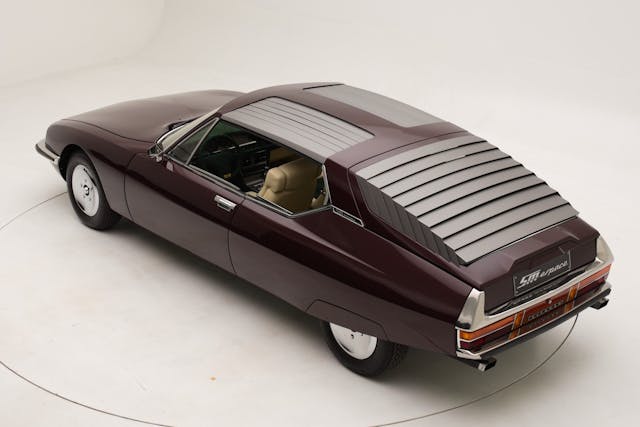
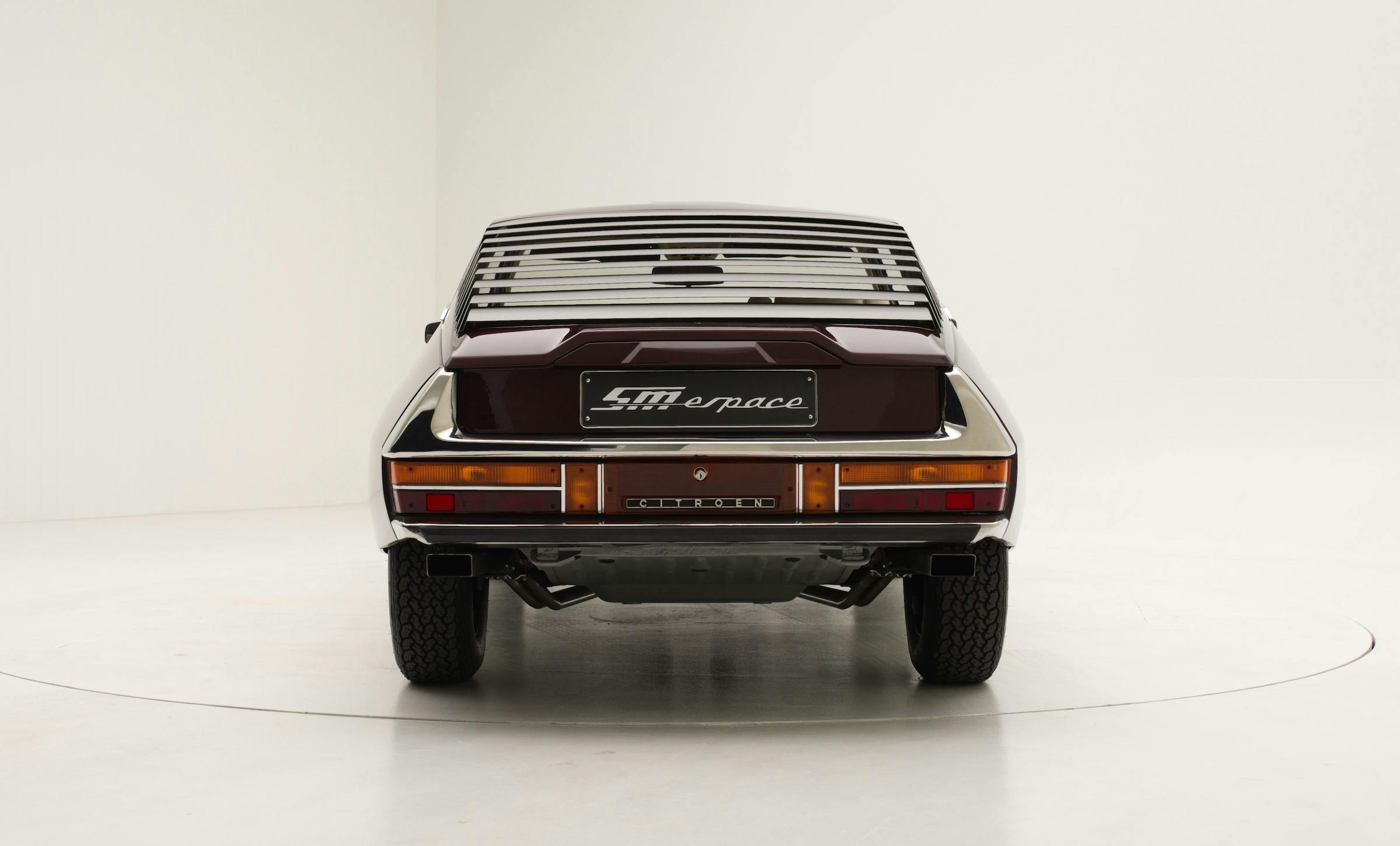
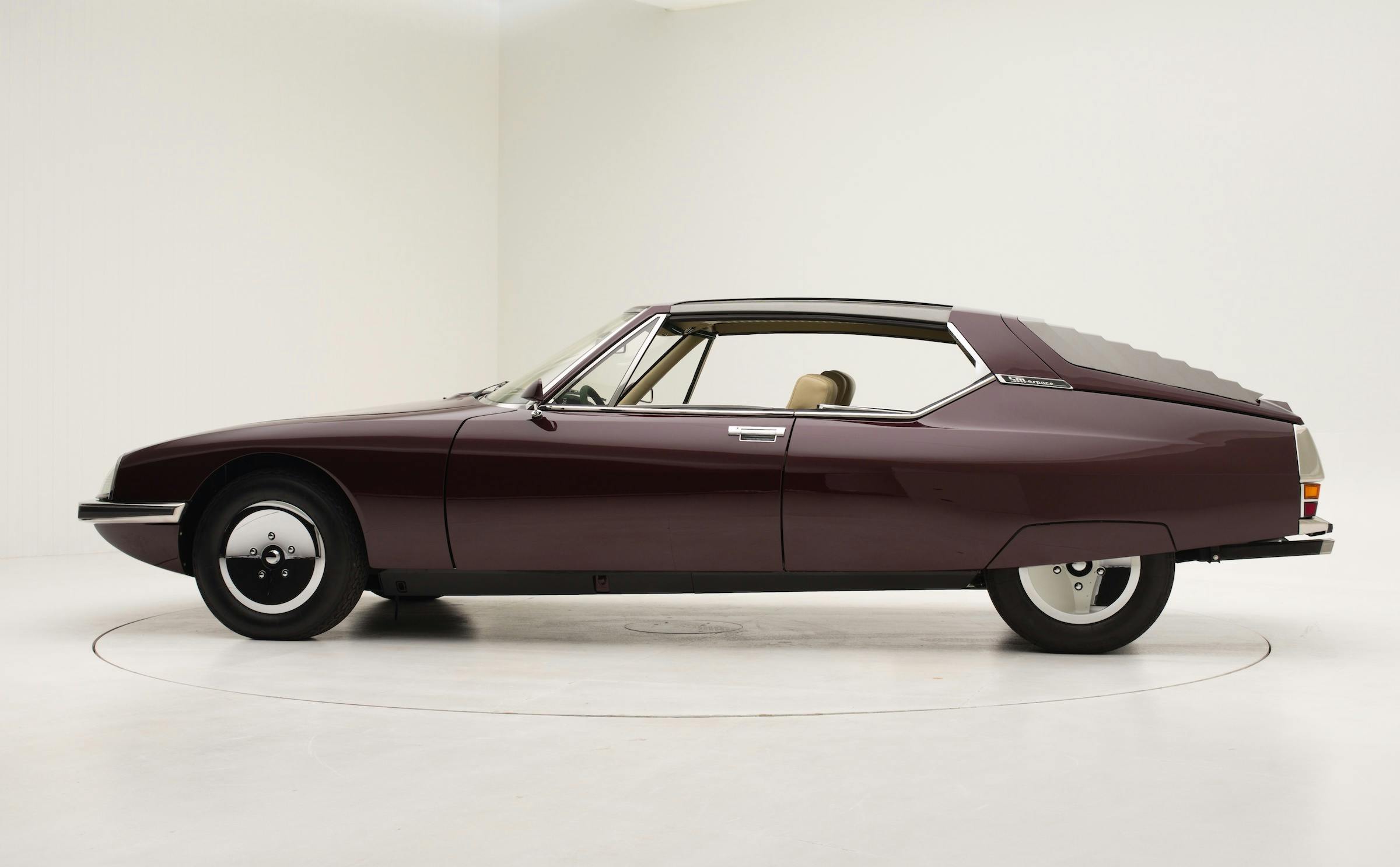
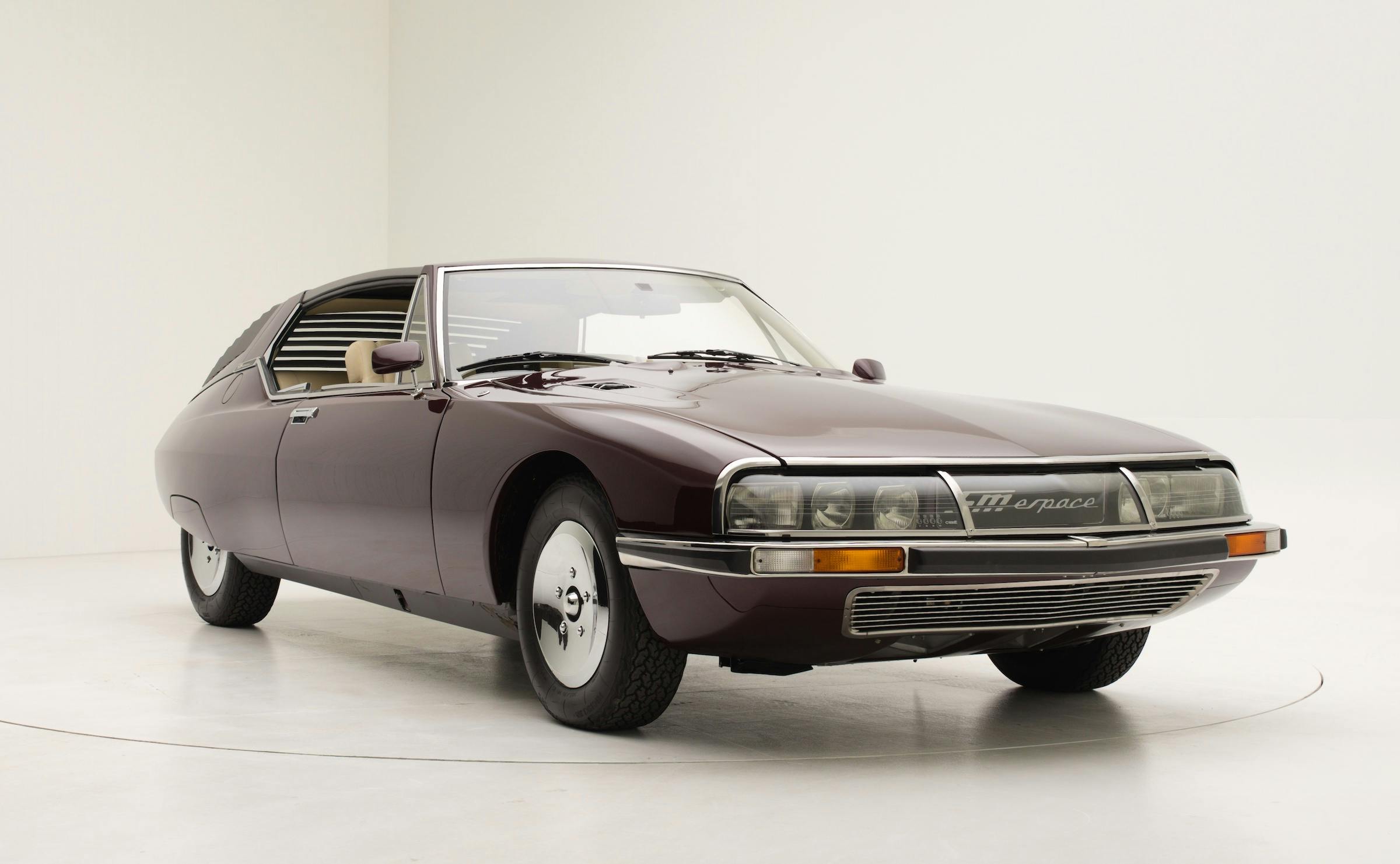
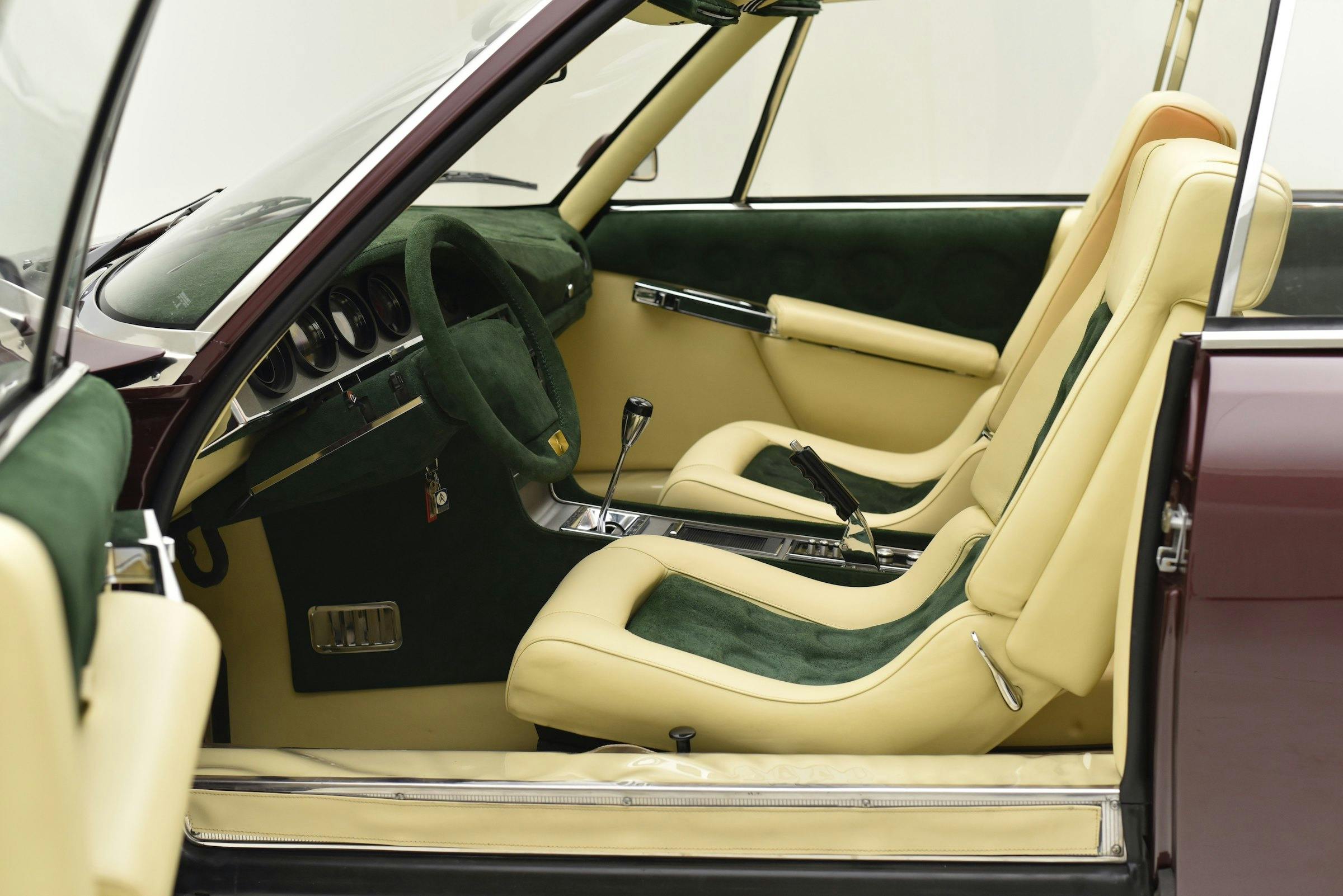
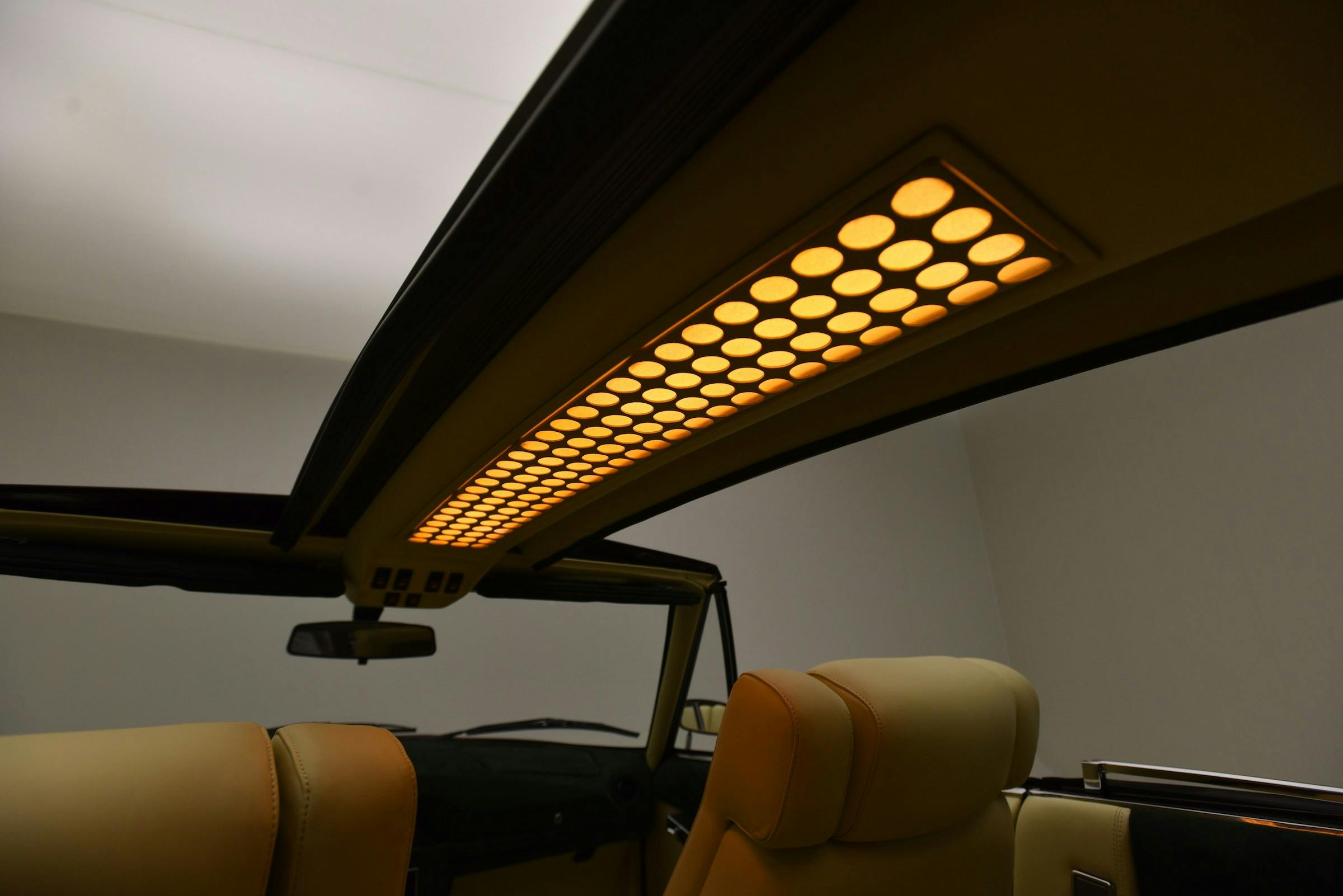


How does one write that entire story without mention of the 1956 Packard Predictor?
https://www.hagerty.com/media/car-profiles/the-last-packard-that-never-was-dick-teagues-predictor/
Interesting design. Looks like a bit of an electric shaver with all the louvers.
there is nothing like driving a SM…it’s more like flying or floating. enjoyed about a 100 miles this morning in
New Mexico.
…and you will soon be “sailing” West in your SM for the Fountain Hills Concours….lucky you!
It’s stunning, and should be built as a very low production vehicle.